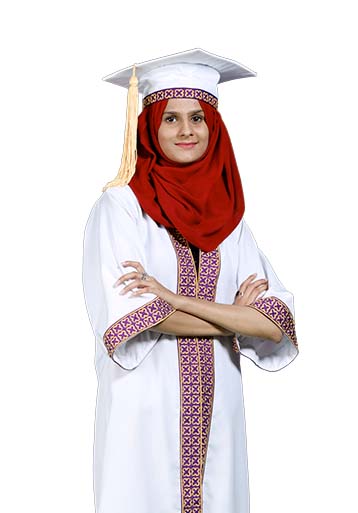
TASBIHA ASIM
Aspiration Statement
I want to pursue data science, specifically knowledge engineering and knowledge representation. I would also like getting into something related to networks and communication sciences. Digital humanities combined with Artificial Intelligence and Data Science is my primary preference.
Core Skills
- Python
- C++/C#
- R
- HTML & CSS
- Data Analysis
- Web Scrapping
- Machine Learning
- SQL
- Neo4j
- RASA
- NLP
- NoSQL
- Graph Database
- Ontology building
- Knowledge Engineering
Academic Awards / Achievements
- Erasmus + Master's student in SE4GD | Software Engineering
- HU TOPS Scholars (Habib University's Talent Outreach, Promotion and Support Program)
Experience
Leadership / Meta-curricular
- Participated in 'Invent for The Planet' (IFTP'18) competition organized by Texas A&M University
Internship / Volunteer Work
- Instructor - Udemy (Oct 2020 -Present)
- Fundraising Intern - The Citizens Foundation (Sep 2018 - Jun 2019)
- Orientation Leader — Habib University (July 2019 — August 2019)
- Student Administration Assistant — Habib University (January 2019 — May 2019)
Final Year Project
Project Title
Knowledge-driven WhatsApp Based Consultant
Description
An expert system developed using knowledge engineering to help with the financial inclusion of local women running small businesses from their homes. The agent will be able to simulate the behavior of a financial advisor. Business model concepts are engineered in a form of ontology so that the computer is able to query through them. The agent is then deployed on WhatsApp. The novelty of the project lies in the fact that, unlike conventional chatbots, our agent does not rely on formulated question-answers but in fact relies upon a knowledge graph that can be expanded with time as well. The major advantage of domain ontology is its ability to represent domain knowledge using semantic rules so that the knowledge can be accessed by the computer the way it would access any other graph database. Natural concepts are represented using entities, instances, objects, and relationships.